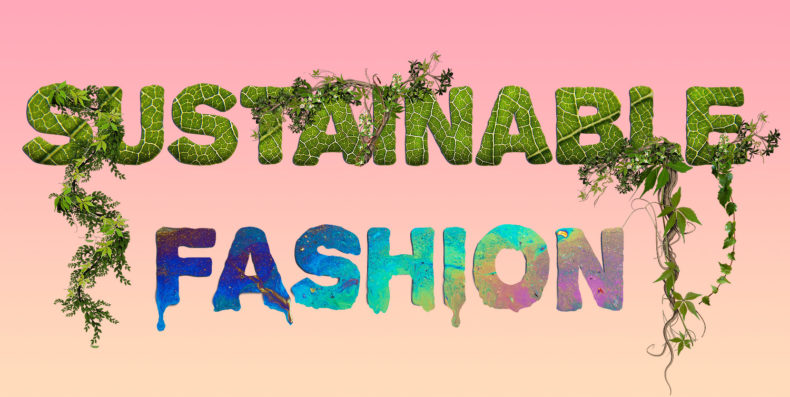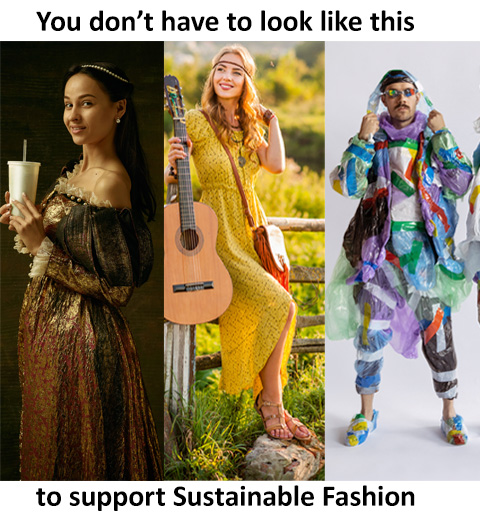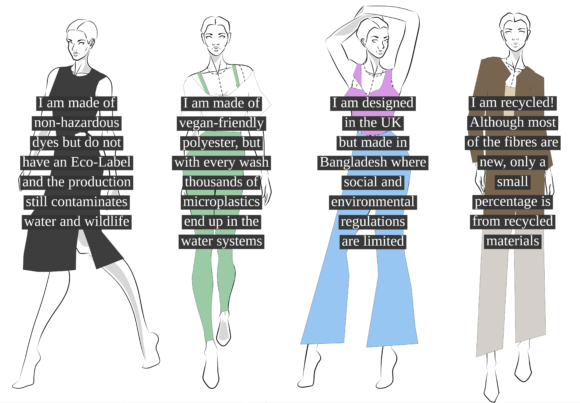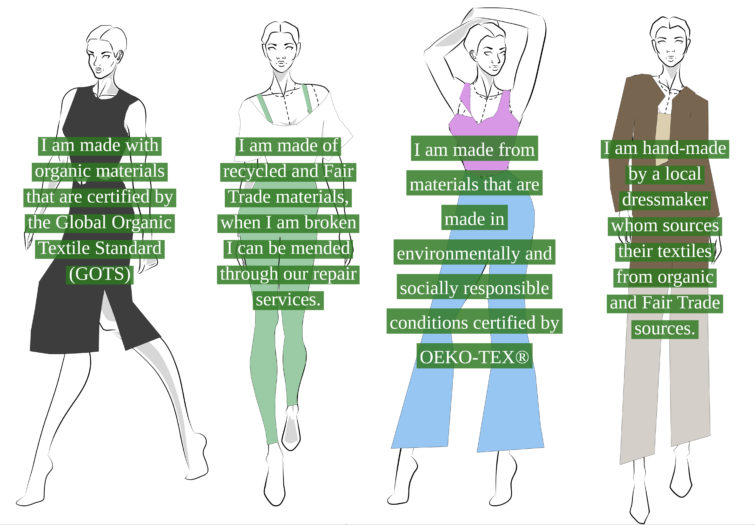As a collective society, we need to be aware of the impacts that fast fashion has on the environment and biodiversity of the planet, which is a contributor to Climate Change.
Globally, fashion produces 10% of annual carbon emissions, and if the industry continues, by 2030 an increase of 50% of greenhouse gas emissions will ensue.
If the we are serious about slowing Climate Change and reaching Net Zero emissions, our use of emissions need to reduce, and certainly not increase!
The industry’s negative impacts do not stop at emissions, it heavily pollutes water with hazardous chemicals and dyes, consumes tonnes of freshwater, it is energy intensive from production to wear, and supports deforestation for unsustainable cotton and other natural textile farms.




